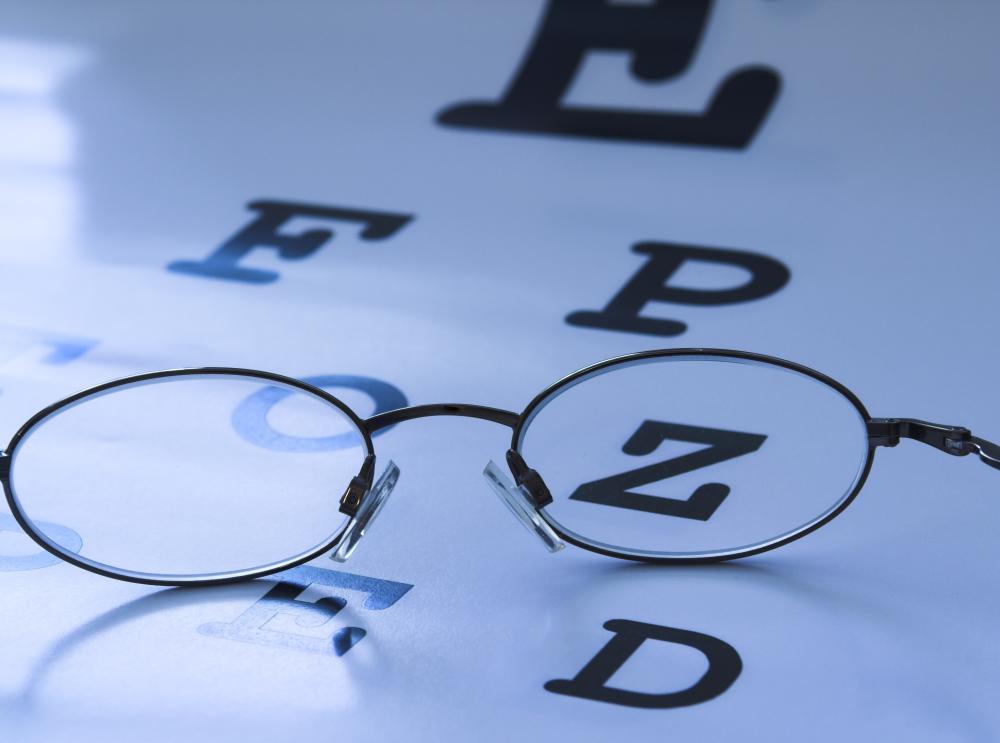At TheHealthBoard, we're committed to delivering accurate, trustworthy information. Our expert-authored content is rigorously fact-checked and sourced from credible authorities. Discover how we uphold the highest standards in providing you with reliable knowledge.
What is Monocular Vision?
The term “monocular vision” can be used in two different ways. In the first sense, it refers to visual perception where the eyes see independently, rather than acting as a pair as human eyes do. In the second sense, it is more properly termed monocular vision impairment, and refers to a person or animal who can only see out of one eye. This may be congenital or acquired, and can lead to impairments as a result of changes in visual perception.
Many animals see with monocular vision, including horses, sheep, and lizards. These animals often have eyes set far apart in their heads, allowing for a very wide range of vision. This is especially important for prey animals like horses and sheep, who need to be able to spot threats from as many directions as possible. The problem with this type of visual perception is the lack of depth perception. Because the eyes do not work in concert, it is harder to provide useful information about the distance from and between objects. This would be a disadvantage for predators like big cats, who usually have binocular vision.

There are other variations in visual perception between monocular and binocular vision, depending on the species. Eyes come in a variety of styles, so to speak, including eyes equipped for better night or color vision, as well as eyes capable of seeing in a wider range than the human eye. Bees, for instance, can see ultraviolet markings on flowers.
In the case of monocular vision impairment, one eye is damaged and the other has normal functionality. Depending on the reason for the vision impairment, the nonfunctional eye may be removed and replaced with a prosthesis. This is often recommended when there was trauma to the eye and the tissues of the eye died or were severely damaged. In cases where the vision loss is caused by trauma in the brain or other issues, it may be possible to leave the eye in place.

People with monocular vision impairment can experience some vision problems. Their range of vision is reduced, as they only have one eye to see with. This causes people to have a blind side, where they cannot see along one side of the body and may miss visual cues, ranging from an approaching waitress to a car about to merge lanes. Depth perception is also poor and people will have to adapt to this in order to perform tasks safely.
AS FEATURED ON:
AS FEATURED ON:















Discussion Comments
@SailorJerry - I don't suppose you're an artist? Supposedly it's an advantage for an artist to have monocular vision. I took art lessons when I was a kid and we used to shut one eye sometimes when we were painting. But for the life of me, I don't remember now why it was. There was something quite technical about it.
I have two working eyes, but I'm one of the ten percent of the population who are "stereoblind." Remember those magic eye posters that were big a while back? I never could see anything in them.
My eye doctor told me that the way I see the world is basically how I would see it if I went around with one eye closed (except that I do have peripheral vision on both sides). My depth perception is not great, but it's fine because there are so many monocular depth clues (like how two lines vanishing into the distance seem to get closer together).
Post your comments